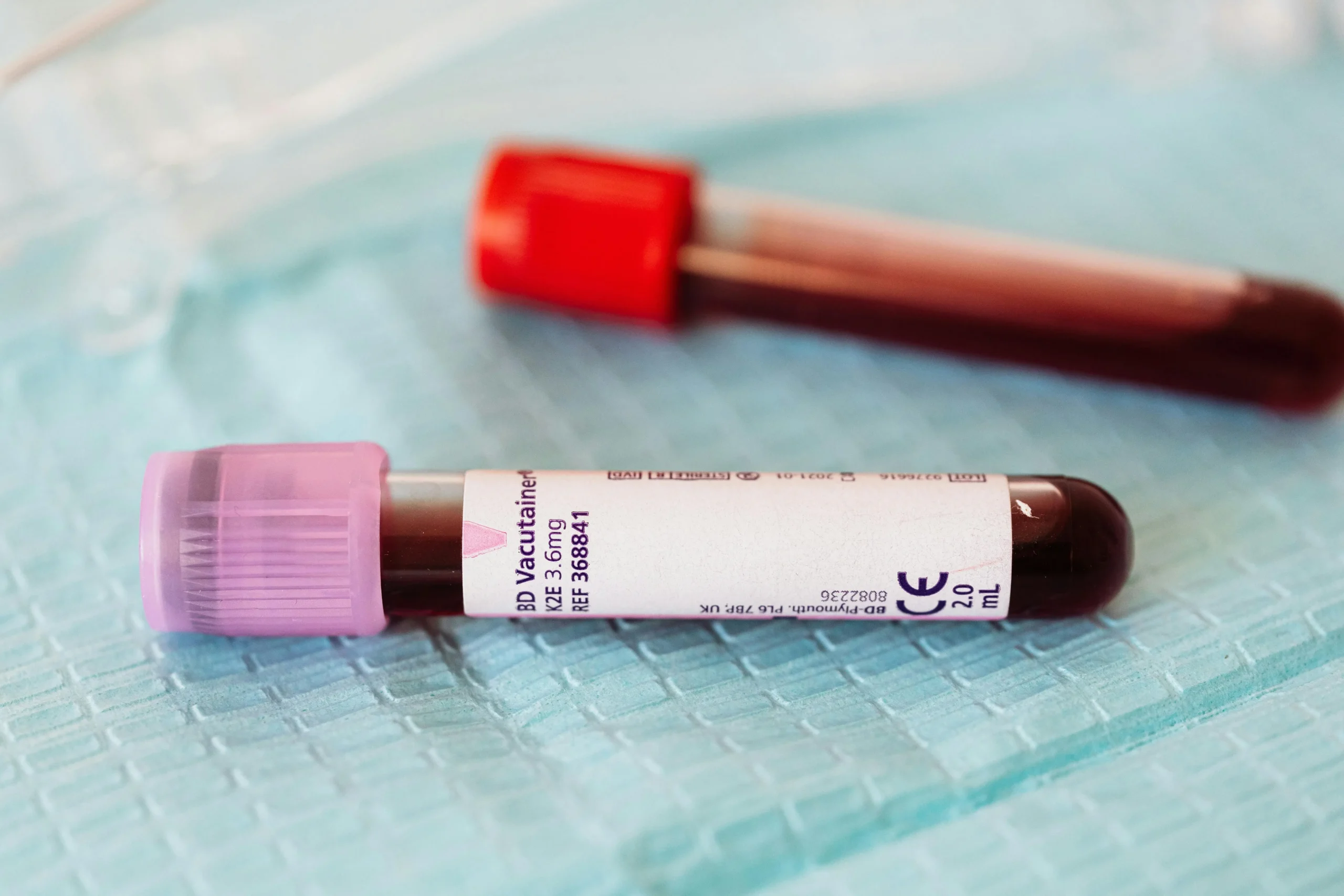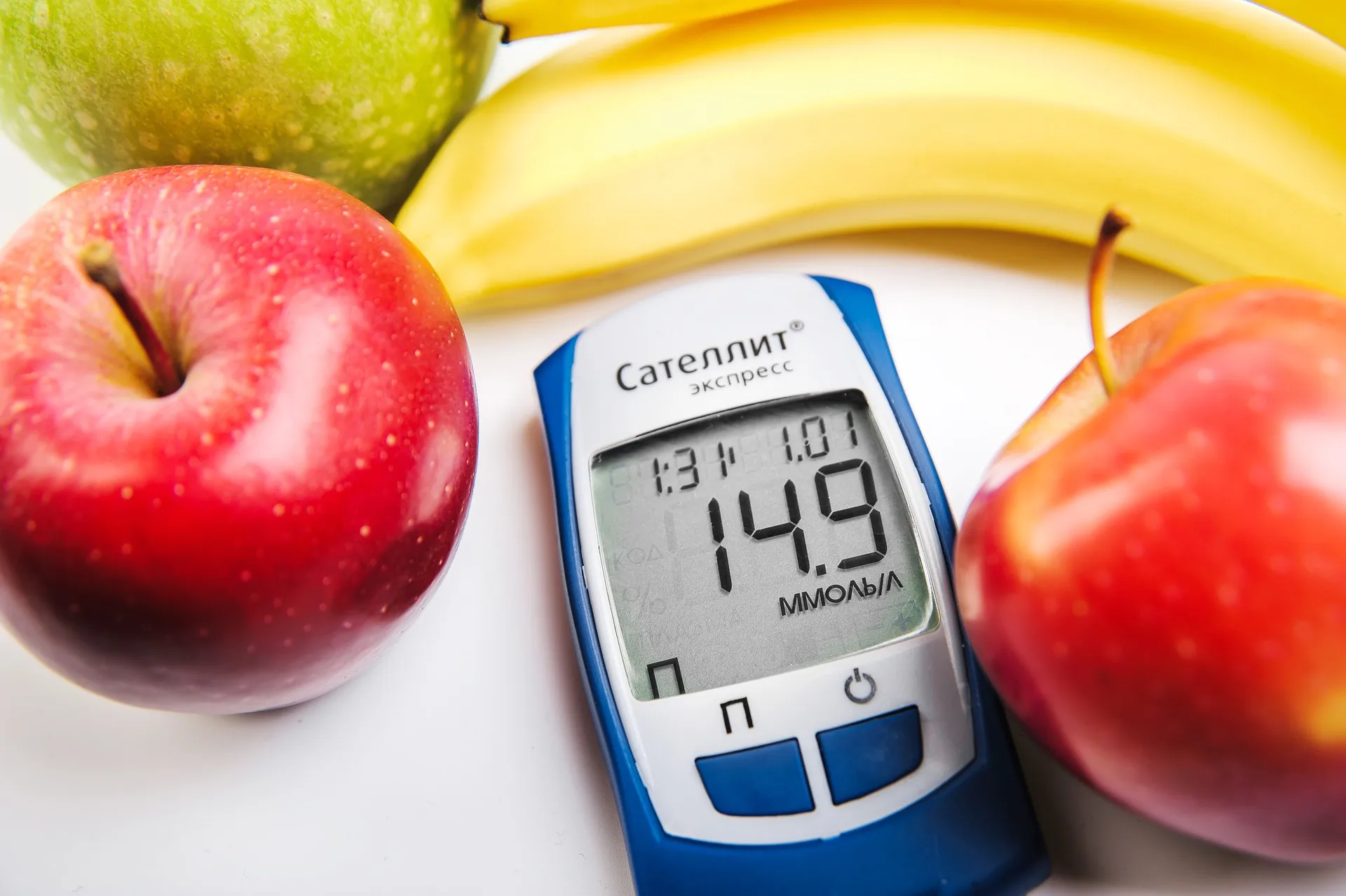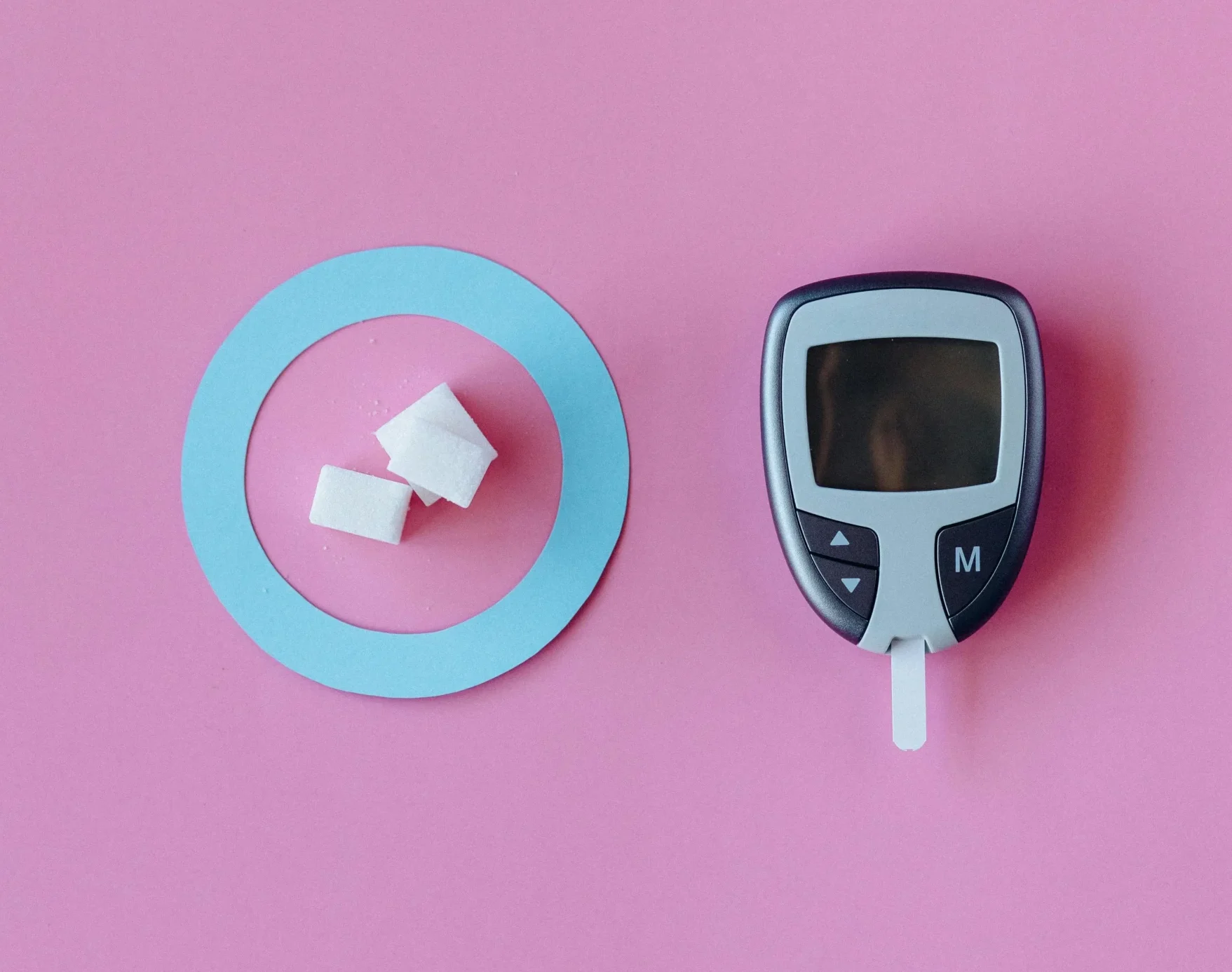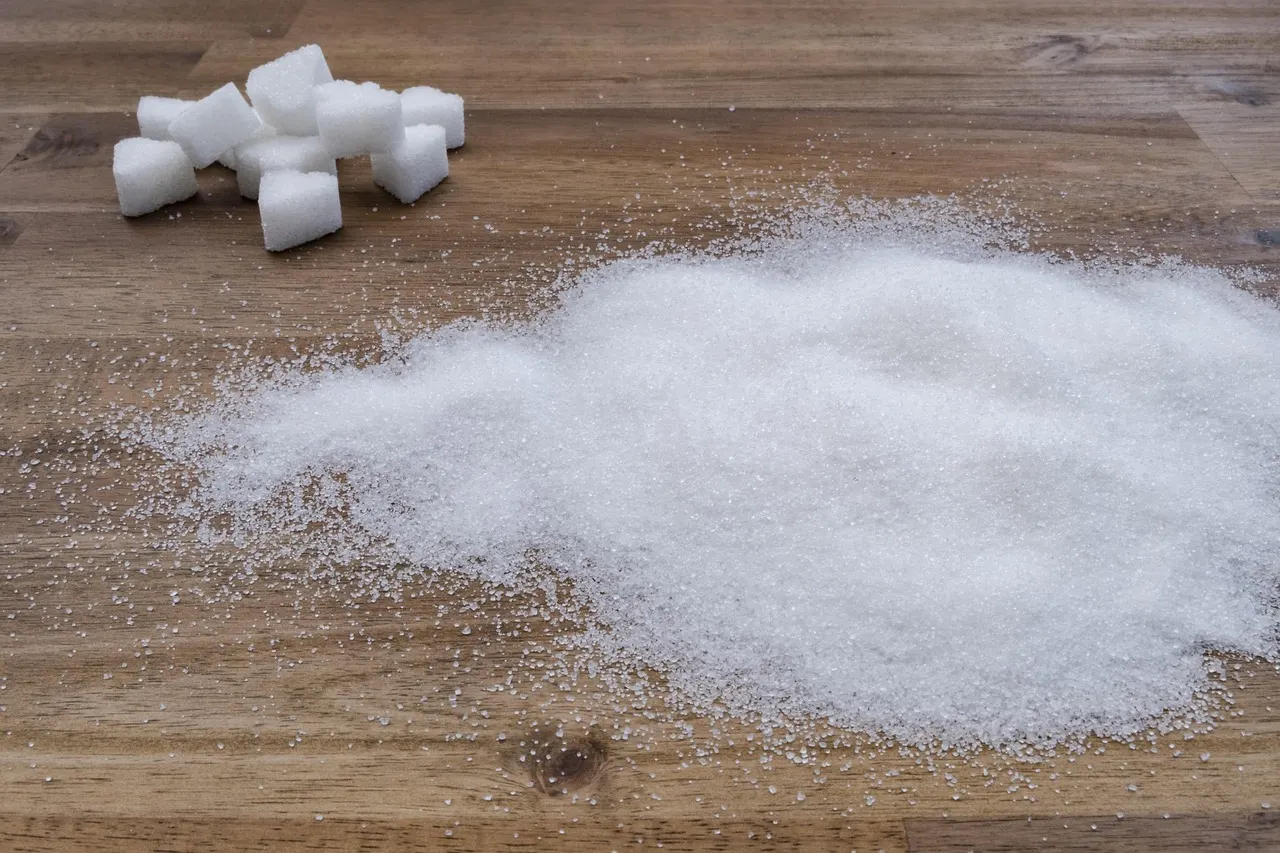Glycemic index (GI) is a value assigned to food as a measure of how fast it causes your blood sugar levels to rise.
It is a tool that can be used to help you manage your blood sugar better. Foods are ranked on a scale of 0–100, with pure glucose having a GI of 100.
Generally, the lower the GI of a food, the less it will affect your blood sugar. Foods high in processed carbohydrates such as cookies, cake, bread, and candy are digested and absorbed more quickly and have a high GI, while foods such as fruits, non-starchy vegetables and unrefined grains have a low GI.
Foods which are mostly fat and protein have very little effect on your blood sugar levels, so they are not assigned a GI.
Glycemic load is a newer tool based on glycemic index. Unlike GI, glycemic load considers the effect of the amount of food on your blood sugar levels.
How is the GI of food measured?
The GI of a food can be determined in an internationally accredited laboratory. After fasting for 12 hours, 10 or more healthy individuals are given a portion of the test food containing 50 grams(g) of digestible carbohydrate. Over the next 2 hours, the blood sugar levels are measured and plotted on a graph. The area under the curve (AUC) of the two-hour blood glucose response is determined.
On a separate day, the same process is repeated with the same people, but consuming 50g of pure glucose (the reference food) instead of the test food.
For every individual, the GI value of the test food is determined by dividing the AUC for the test food response by the AUC for the reference food response, and multiplying the results by 100. The final GI value is the average of the individuals’ GI values.
Glycemic index of common foods
Foods can be classified into three categories basing on their glycemic indices. The ranges for the three categories are:
- Low GI: 55 or less
- Medium GI: 56–69
- High GI: 70 or more
The high GI foods will raise your blood sugar levels more than medium GI foods and low GI foods.
The charts below show GI values of common foods.
Low GI foods
Food | Glycemic Index |
Fruits and fruit products | |
Apple | 36 |
Apple juice | 41 |
Banana | 51 |
Dates | 42 |
Mango | 51 |
Orange | 43 |
Orange juice | 50 |
Peaches, canned | 43 |
Strawberry jam | 49 |
Vegetables | |
Carrots, boiled | 39 |
Plantain | 55 |
Taro, boiled | 53 |
Vegetable soup | 48 |
Grains and grain products | |
Barley | 28 |
Chapatti | 52 |
Corn tortilla | 46 |
Porridge, rolled oats | 55 |
Rice noodles | 53 |
Spaghetti, white | 49 |
Spaghetti, whole grain | 48 |
Specialty grain bread | 53 |
Sweet corn | 52 |
Udon noodles | 55 |
Legumes | |
Chickpeas | 28 |
Kidney beans | 24 |
Lentils | 32 |
Soybeans | 16 |
Dairy products and alternatives | |
Fruit yogurt | 41 |
Ice cream | 51 |
Milk, full fat | 39 |
Milk, skim | 37 |
Soy milk | 34 |
Snack products | |
Chocolate | 40 |
Sugars and syrups | |
Fructose | 15 |
Maple syrup | 54 |
Medium GI foods
Food | Glycemic Index |
Fruits | |
Pineapple | 59 |
Vegetables | |
Potato, french fries | 63 |
Pumpkin, boiled | 64 |
Sweet potato, boiled | 63 |
Grains and grain products | |
Brown rice, boiled | 68 |
Couscous | 65 |
Millet porridge | 67 |
Muesli | 57 |
Wheat flake biscuits | 69 |
Wheat roti | 62 |
Snack products | |
Popcorn | 65 |
Potato chips | 56 |
Soda, non-diet | 59 |
Sugars and syrups | |
Honey | 61 |
Table sugar | 65 |
High GI foods
Food | Glycemic Index |
Fruits | |
Watermelon | 76 |
Vegetables | |
Potato, boiled | 78 |
Potato, instant mash | 87 |
Grains and grain products | |
Cornflakes | 81 |
Instant oat porridge | 79 |
Rice crackers | 87 |
Rice porridge | 78 |
Unleavened wheat bread | 70 |
White rice, boiled | 73 |
White wheat bread | 75 |
Whole wheat bread | 74 |
Dairy alternatives | |
Rice milk | 86 |
Low glycemic diet
A low GI diet is one where you carefully plan your meals, replacing high GI foods with lower GI alternatives. Studies have demonstrated a number of benefits of a low glycemic diet. These benefits include:
- Control of blood sugar levels in people with diabetes.
- Weight loss in people with obesity.
- Lowering blood cholesterol levels.
- Reducing progression of non-alcoholic fatty liver disease.
Limitations of glycemic index as a tool
Even though the glycemic index assigns a specific value to a particular food, the same amount of a food may have different effects on blood sugar levels. Variations in the response to the food may be due to:
- Ripeness: Riper fruits contain more digestible sugars than unripe sugars. So the GI of fruits, such as bananas and oranges, increases as they ripen.
- Cooking methods: The longer you cook starchy foods, the more their complex carbohydrates are broken down into digestible sugars. Therefore, cooking foods for long increases their GI. Frying foods increases their fat content. This means their sugars are absorbed less readily, causing them to have a lower GI.
- Storage: Storing starchy foods in the refrigerator after cooking them makes their carbohydrates harder to digest, hence lowering their GI.
- Processing: Processing foods usually makes their sugars more readily available. Generally, processed foods have a higher GI. For example, flour has a higher GI than whole grain and fruit juice has a higher GI than fresh fruits.
- Combining foods with different GI: Eating high GI foods with low GI foods can affect the overall GI of a meal. Combining fat, protein, or fiber with a high GI food can slow its digestion and absorption, therefore lowering its GI.
- Personal factors: Effect of food on blood sugar levels can vary within the same individual depending on their pattern of physical activity, sleep, content of previous meals, and other factors. Different individuals may also have distinct glycemic responses to the same food because of their age, physical activity, genetics or how different their digestive systems deal with food.
What should I remember?
Understanding the glycemic index (GI) helps you make healthier food choices. Low GI foods cause gradual blood sugar increases, while high GI foods lead to rapid spikes. This knowledge is key to maintaining stable energy levels and reducing the risk of type 2 diabetes.
Incorporating more low GI foods into your diet, like whole grains, fruits, and vegetables, can support better blood sugar control and overall health. By paying attention to the glycemic index, you can make informed decisions that benefit your long-term well-being.












